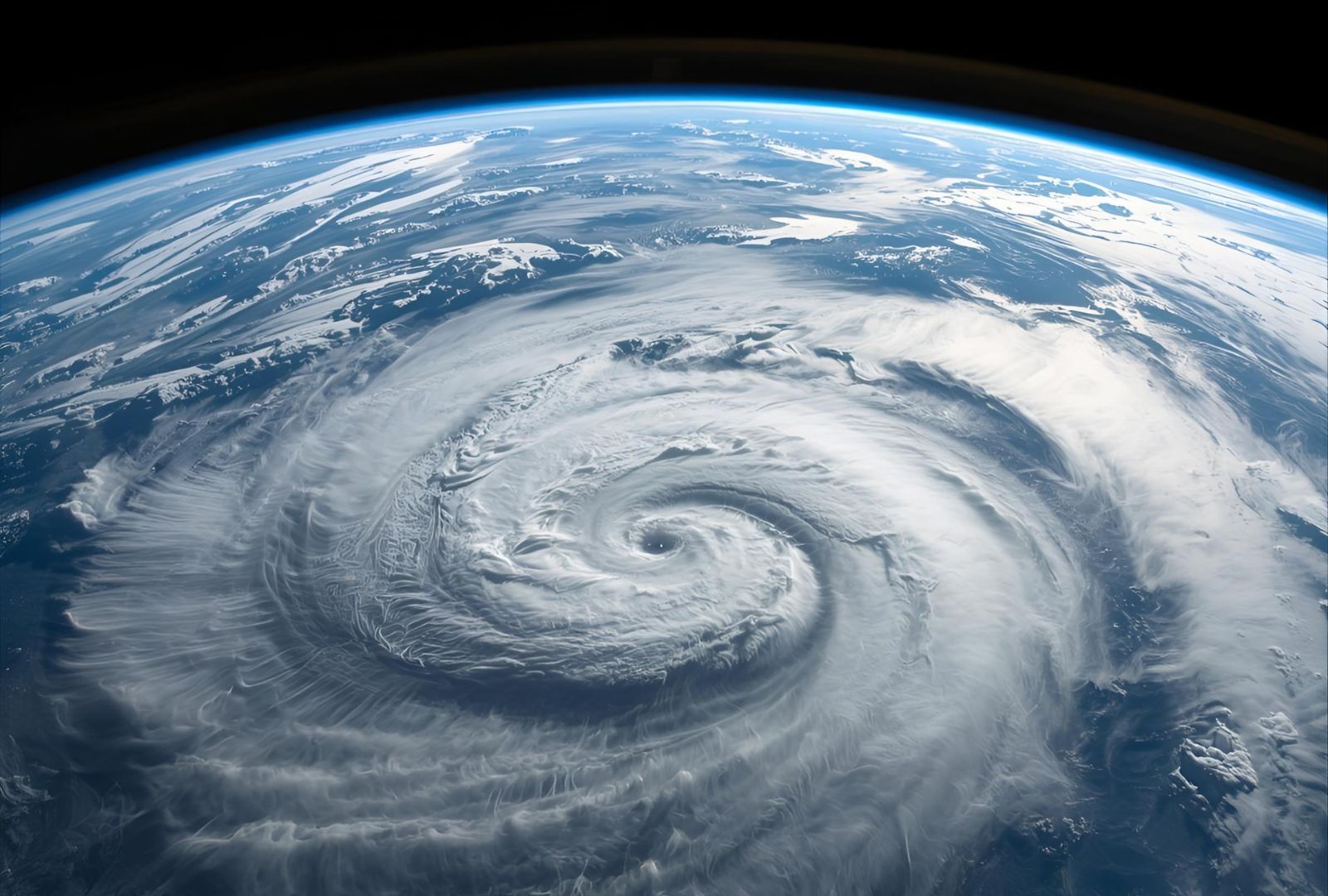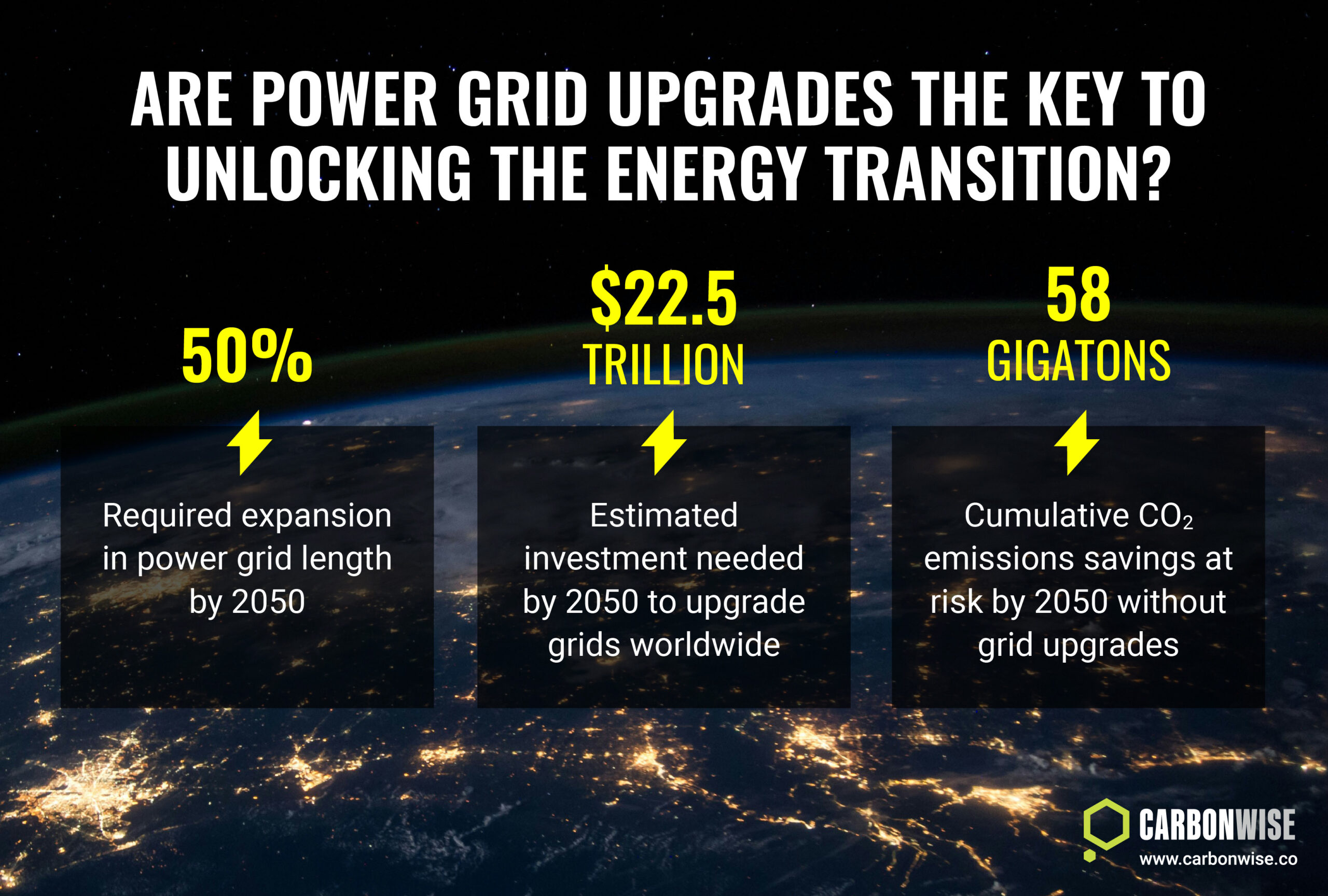What are the various greenhouse gases (GHGs)? Where do they come from, and what is their significance? Read on for a brief snapshot highlighting the gases which trap solar heat in the Earth’s atmosphere, warming the planet.
The United Nations recognises six individual GHGs that come from human activities and which are regulated under the Paris Agreement on climate change. These are: carbon dioxide (CO2), methane (CH4), nitrous oxide (N2O), perfluorocarbons (PFCs), hydrofluorocarbons (HFCs) and sulphur hexafluoride (SF6).
By far, the most significant GHG is CO2, which is emitted as a result of the combustion of carbon-based fuels such as natural gas, oil and coal. These fuels contain millions of years’ worth of carbon that slowly built up as animal and vegetable matter was compressed in the Earth’s crust. Burning large volumes of these fuels over the space of little more than 200 years has overloaded the atmospheric part of the carbon cycle with vastly more CO2 than would occur naturally, trapping additional heat from the sun in the Earth’s atmosphere. CO2 is also produced as a result of respiration, meaning it comes from humans, animals and plants as part of the natural carbon cycle.
Methane is considered the second most significant human-produced GHG. While it is a naturally occurring gas, human-induced methane emissions come from activities such as landfills, oil and natural gas systems, coal mining, agriculture and livestock, wastewater treatment and certain industrial processes. Methane is also a much more potent GHG than carbon, but more on that later.
Nitrous oxide, meanwhile, comes from a variety of sources, the largest of which is agriculture, and the main contributor in this sector is the use of fertilisers. Much smaller amounts of the gas also come from the fossil fuel industry and the burning of biomass. Outside of the human sphere, N2O also comes from soils, and from the oceans through microbial activity related to marine animal waste.
Moving to the industrial gases, hydrofluorocarbons are entirely human-made chemical gases and do not occur in the natural environment. They are used mainly as refrigerant gases, finding applications in fridges and freezers, air conditioning systems, insulating foams and propellants.
Perfluorocarbons are mainly produced as a byproduct in the production of aluminium and are used in the manufacturing of semiconductors.
And finally, sulphur hexafluoride is another human-made gas that is used primarily in electricity transmission and distribution, due to its insulative properties. It is also used in magnesium manufacturing as well as a tracer gas to detect leaks in industrial facilities. Its large molecular size and non-reactivity also make it ideal for keeping objects inflated, finding uses in items such as tennis balls and sports shoes.
Global warming potentials
From a global warming perspective, there are vast differences between the six GHGs recognised in the Paris Agreement. Each GHG has a varying Global Warming Potential (GWP) – that is, its capacity to trap incoming solar heat in the atmosphere.
CO2, for example, is emitted in quantities of tens of billions of tonnes per year globally but has a GWP of one and is used as the benchmark against which the other GHGs’ global warming potential is measured.
Methane is produced in lower volumes but has a GWP of 56 over a 20-year period. This means it is 56 times worse as a driver of climate change than CO2 over that timeframe. As a result, there is a big focus on reducing methane from landfills and oil and gas production and transmission systems as a ‘big win’ for slowing climate change.
The other GHGs are even more dangerous from a climate perspective. N2O, for example, has a GWP of 280 over a 20-year period.
But it is the industrial gases that really stand out as potent drivers of climate change. HFC-23, for example, has a GWP of 9,100 over a 20-year period, while SF6 has a GWP of 16,300 over a 20-year timeframe, meaning one tonne of the gas has the warming equivalent of 16,300 tonnes of CO2.
Since these industrial gases have such an outsized impact on global warming and are only found in specific applications, they represent an obvious target for regulation as the ‘low-hanging fruit’ when it comes to addressing climate change.
Some of these industrial gases also cause damage to the Earth’s protective ozone layer in the upper atmosphere and were generally dealt with under specific legislation, including the 1987 Montreal Protocol, under which countries agreed to limit their use.
Significance of GHGs
As potent climate-warming gases, countries and regions have also implemented their own legislation to deal with the fluorinated GHGs. For example, the European Union introduced the F-gas Regulation and the Mobile Air Conditioning (MAC) Directive which limit the total amount of the gases that can be sold in the EU, and ban their use in new types of equipment where alternatives can be used.
And finally, water vapour deserves a mention as the most important GHG of all. While not a human-made gas, water vapour is highly relevant for global warming. Like the other GHGs, water vapour traps heat and its presence in the atmosphere has lifted global temperatures long before humans evolved. However, it represents a dangerous feedback loop whereby rising temperatures due to human activity cause more water in the oceans to evaporate into the atmosphere, in turn driving temperatures even higher.
According to the Intergovernmental Panel on Climate Change, this water vapour feedback may be strong enough to roughly double the increase in the greenhouse effect due to the added CO2 alone.
The ongoing buildup of GHGs in the atmosphere has already caused average global temperatures to increase by 1.1 degrees Celsius since the industrial revolution, and limiting the output of these gases has become a major global mission, to avoid temperatures increasing by more than 1.5 degrees C – above which climate impacts are considered to be dangerous.








